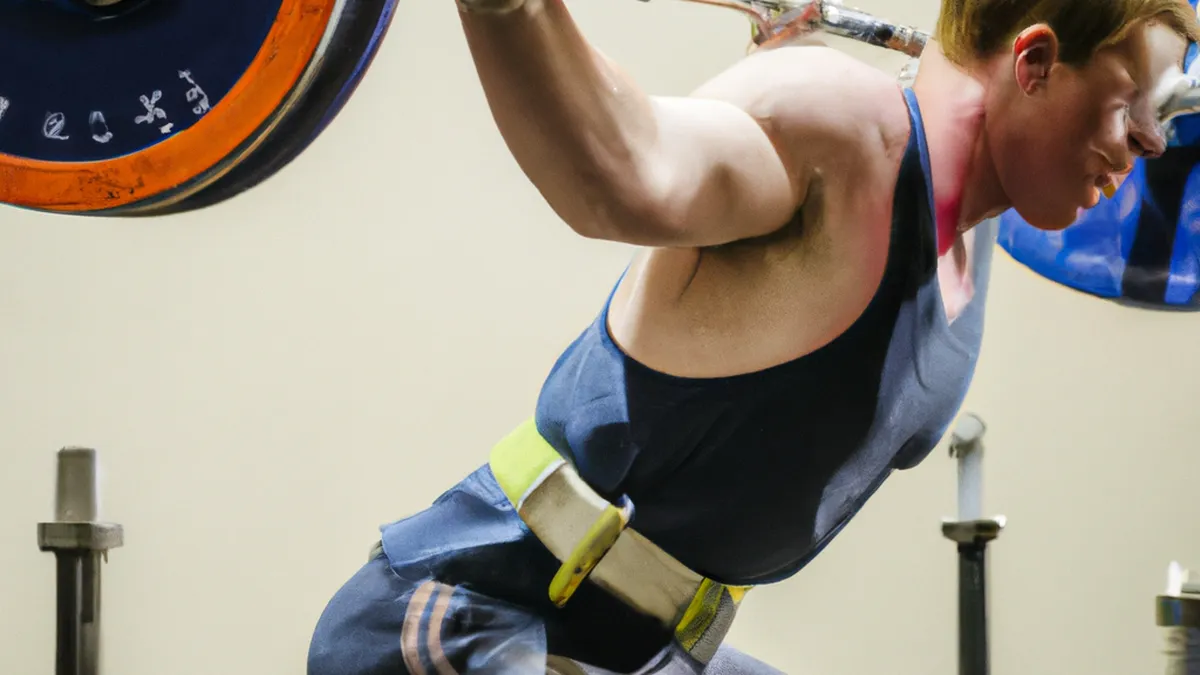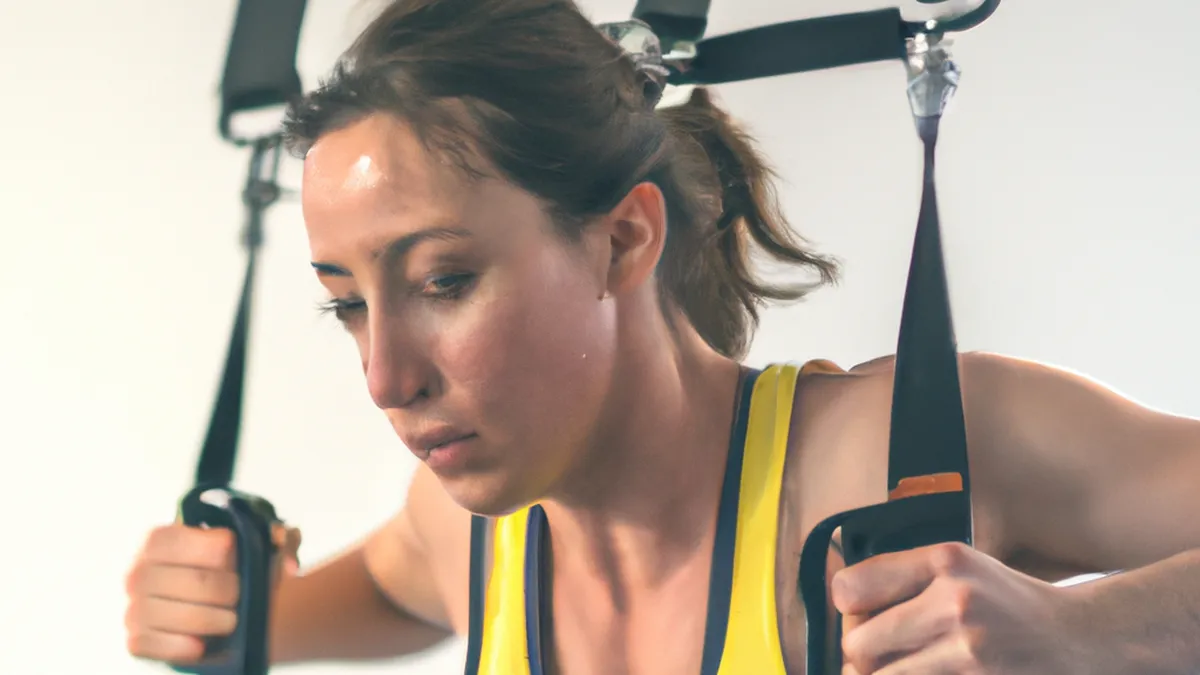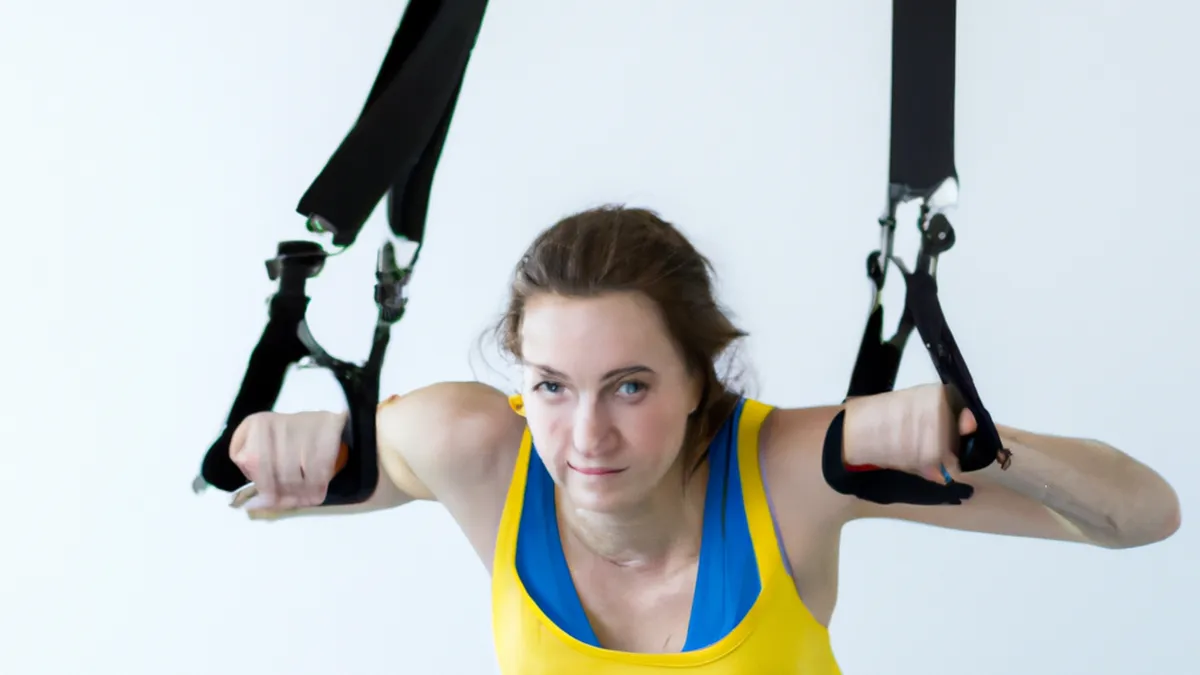Finding Focus: Mindfulness for Performance Success
The Role of Mindfulness in Reducing Performance Anxiety
As an Amazon Associate I earn from qualifying purchases.
Gear tip: consider weightlifting shoes, lifting belt and hip thrust pad to support this workout.
Performance anxiety affects many people. Musicians, athletes, public speakers, and students often face this challenge. Fear of failure can overwhelm you. Symptoms include excessive worry, sweating, shaking, and a racing heart. These reactions hinder your performance. Mindfulness provides a powerful tool for managing anxiety. Focusing on the present moment reduces stress and enhances performance. This post explores how mindfulness helps overcome performance anxiety.
Understanding Performance Anxiety
The Nature of Performance Anxiety
Performance anxiety commonly occurs in settings that showcase skills. It leads to self-doubt and fear of failure. Many individuals tie their worth to performance, increasing anxiety. The pressure to meet expectations can overwhelm you, causing avoidance or decreased performance.
Identify Triggers
Recognizing anxiety triggers is crucial. Some fear judgment from peers or audiences. Others feel pressure to achieve specific results. Identifying these triggers helps you address them through mindfulness. Self-awareness breaks the cycle of anxiety.
The Mind-Body Connection
Mindfulness highlights the connection between mind and body. Anxiety triggers instinctive bodily reactions, disrupting focus. Practicing mindfulness allows you to observe thoughts and feelings without judgment. This awareness creates healthier responses, helping you distinguish real threats from perceived fears.
Mindfulness Techniques to Combat Anxiety
Incorporating mindfulness techniques into your routine significantly reduces performance anxiety. Here are effective strategies:
Breathing Exercises
Focusing on your breath is a simple yet effective technique. Inhale deeply through your nose and exhale slowly through your mouth. Practice this for a few minutes before performing to calm your nervous system. Centering your breath gives you control over your body and mind during high-pressure situations.
Visualization
Visualization effectively manages performance anxiety. Imagine yourself performing successfully, picturing the environment and positive audience reactions. This technique shifts your mindset from fear to confidence. Envisioning success mentally prepares you for the real performance. Your brain often cannot distinguish between real and imagined experiences, enhancing self-assurance.
Progressive Muscle Relaxation
Progressive Muscle Relaxation (PMR) involves tensing and relaxing muscle groups. This technique reduces physical tension and promotes calmness.
Conclusion
Mindfulness techniques like breathing exercises, visualization, and PMR can significantly reduce performance anxiety. By practicing these strategies, you enhance your focus and confidence during performances.
Below are related products based on this post:
FAQ
What are some common symptoms of performance anxiety?
Common symptoms of performance anxiety include excessive worry, sweating, shaking, and a racing heart. These reactions can hinder your ability to perform effectively and may lead to feelings of self-doubt and fear of failure.
How does mindfulness help in managing performance anxiety?
Mindfulness helps manage performance anxiety by focusing on the present moment, which reduces stress and enhances performance. It allows individuals to observe their thoughts and feelings without judgment, creating healthier responses and helping to distinguish real threats from perceived fears.
What mindfulness techniques can be used to combat performance anxiety?
Effective mindfulness techniques to combat performance anxiety include breathing exercises, visualization, and Progressive Muscle Relaxation (PMR). Breathing exercises calm the nervous system, visualization shifts the mindset to confidence, and PMR reduces physical tension, all contributing to improved performance.















Post Comment